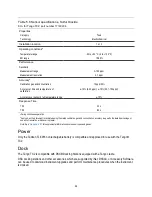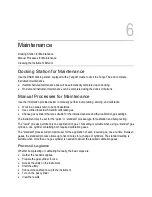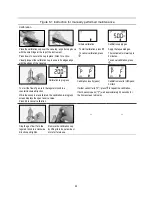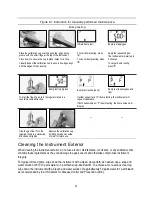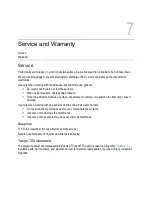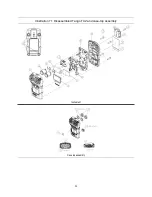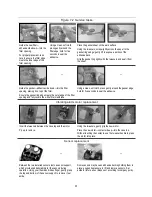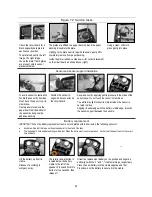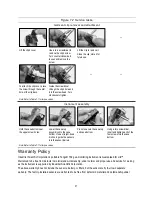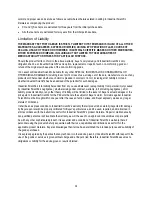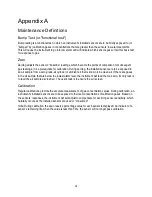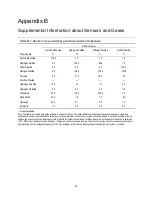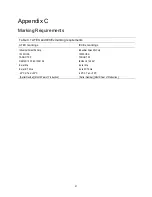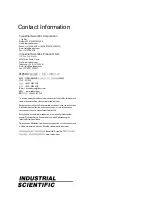
40
Appendix B
Supplemental Information about Sensors and Gases
Table B.1 Sensor cross-sensitivity guidelines (percent response)
Target gas
Sensor type
Carbon Monoxide
%
Hydrogen Sulfide
%
Nitrogen Dioxide
%
Sulfur Dioxide
%
Carbon Monoxide
100.0
1.0
1.0
1.0
Hydrogen Sulfide
3.0
100.0
-90.0
1.0
Sulfur Dioxide
5.0
5.0
0.0
100.0
Nitrogen Dioxide
4.0
-24.0
100.0
-123.0
Chlorine
3.0
-17.0
26.0
-5.0
Chlorine Dioxide
—
—
—
—
Hydrogen Cyanide
15.0
-1.0
1.0
2.0
Hydrogen Chloride
3.0
0.0
0.0
-1.0
Phosphine
80.0
60.0
-138.0
2.0
Nitric Oxide
22.0
-1.0
1.0
-2.0
Hydrogen
24.0
0.1
0.0
1.0
Ammonia
1.0
0.0
0.0
0.0
—
No data available
Note
: This table is provided as a guide only and is subject to change. The data reflect the percentage response of the sensor type when
exposed to a known concentration of a target gas. For example, when the carbon monoxide sensor is exposed to carbon monoxide in the air
sample, the gas concentration reading accurately reflects the actual concentration of carbon monoxide, so the sensor's response is said to be
100%. When an air sample contains hydrogen, it triggers a carbon monoxide reading. The carbon monoxide sensor's response to hydrogen is
approximately 24% meaning that exposure to 100 ppm hydrogen will produce a reading of approximately 24 ppm carbon monoxide.
Summary of Contents for TANGO TX2
Page 6: ......
Page 16: ......
Page 38: ...32 Illustration 7 1 Disassembled Tango TX2 and case top assembly Instrument Case top assembly...

